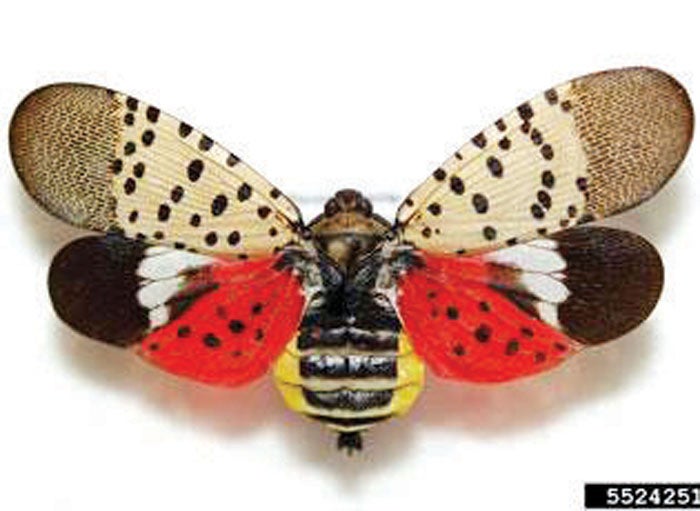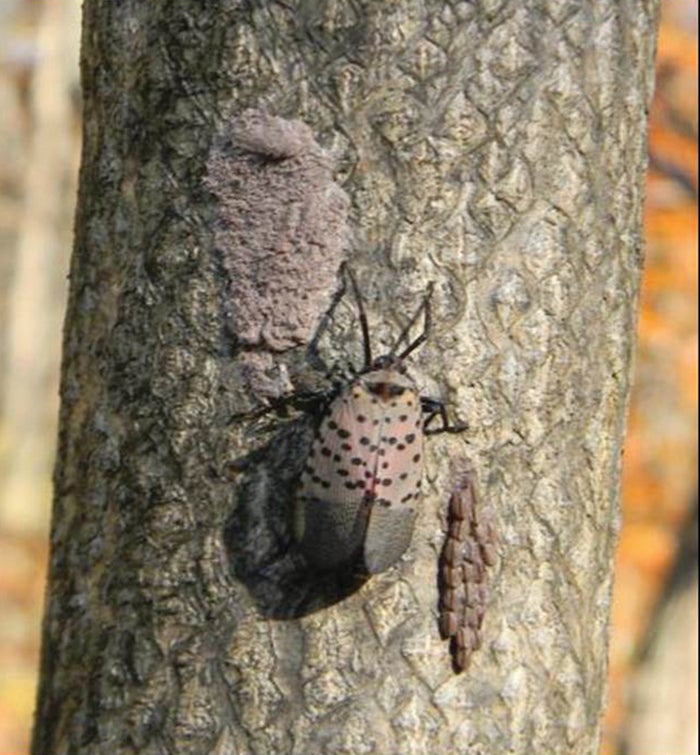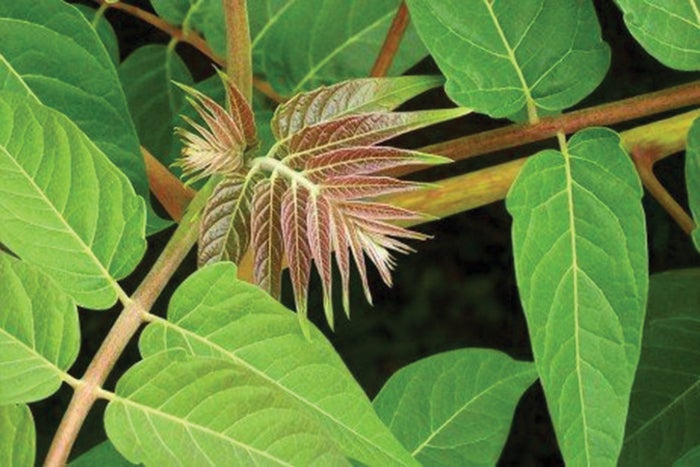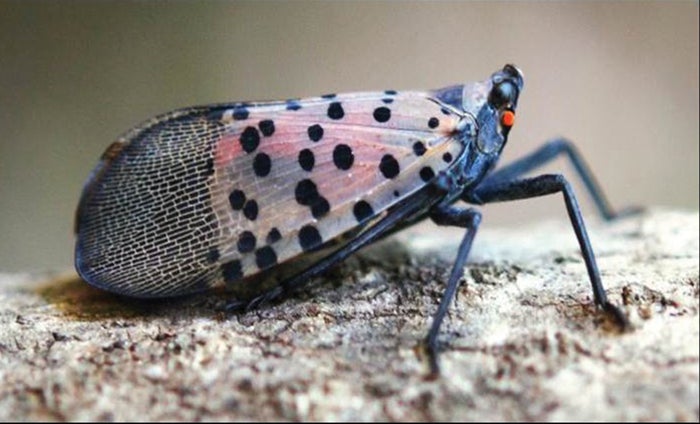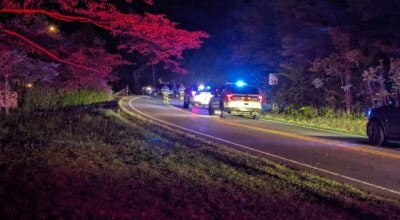Spotted lanternfly, an invasive pest, spotted in Forsyth County
Published 12:00 am Friday, July 1, 2022
SALISBURY — While the spotted lanternfly may look harmless with its colorful back wings and pattern of spots, this tiny “plant-hopper” poses a big problem for farmers wherever it shows up.
The pest is considered an invasive species by the N.C. Department of Agriculture and Consumer Services and now, for the first time, an established presence of the species has been found in North Carolina.
Previous reports in the Post about the lanternfly described them as about 1-inch long and a half-inch wide with front wings that are light gray with black spots and wingtips patterned with lines of small black blocks. The back wings are red and black with a white band. Their bodies are yellow with black bands down the middle.
The department reported Wednesday that the species has been detected within a 5-mile radius in Forsyth County near Kernersville.
For Rowan County officials, the possibility of the pest moving southwest to local farms, vineyards and agricultural space is alarming.
Amy-Lynn Albertson, the Rowan County Center’s Director of the North Carolina Cooperative, said that the pest has become a “huge nuisance” in other states where it has appeared, including Pennsylvania, Delaware and Virginia.
Albertson explained that the spotted lanternfly will “excrete a sticky substance we call honeydew, which causes a black mold to grow.” The mold will, in turn, cause significant damage to the crops.
Grapes specifically (both the muscadine and bunch varieties), but fruits in general are “at-risk” when this species enters their region and Albertson said that the pests “reproduce very quickly,” making it hard to control the problem once they have established themselves in an area.
While the species have only been recently discovered in North Carolina, the state has monitored their movement for an extended period of time after the first lanternfly population was identified in the United States in 2014.
“We have been actively looking for this pest for years and had ramped up surveillance when it was detected last year near the North Carolina-Virginia line,” said Agriculture Commissioner Steve Troxler.
The pest has now been detected in over 12 different states according to the NC Department of Agriculture and Consumer Services, originating initially in northern China.
With a large local community of fruit farms and vineyards throughout Rowan County, detection during this early stage of handling the issue is an important step towards protecting their crops.
In addition to detection, farmers and those working in agriculture in general are asked to keep an eye on their vehicles and structures around the property.
The lanternfly is able to lay eggs on any hard surface and this can allow them to easily be carried from one area to another.
Albertson requested that local residents immediately report any sightings of these pests or signs of their presence to the County Extension at 704-216-8970 or the NCDACS at www.NCAGR.gov/SLF.


